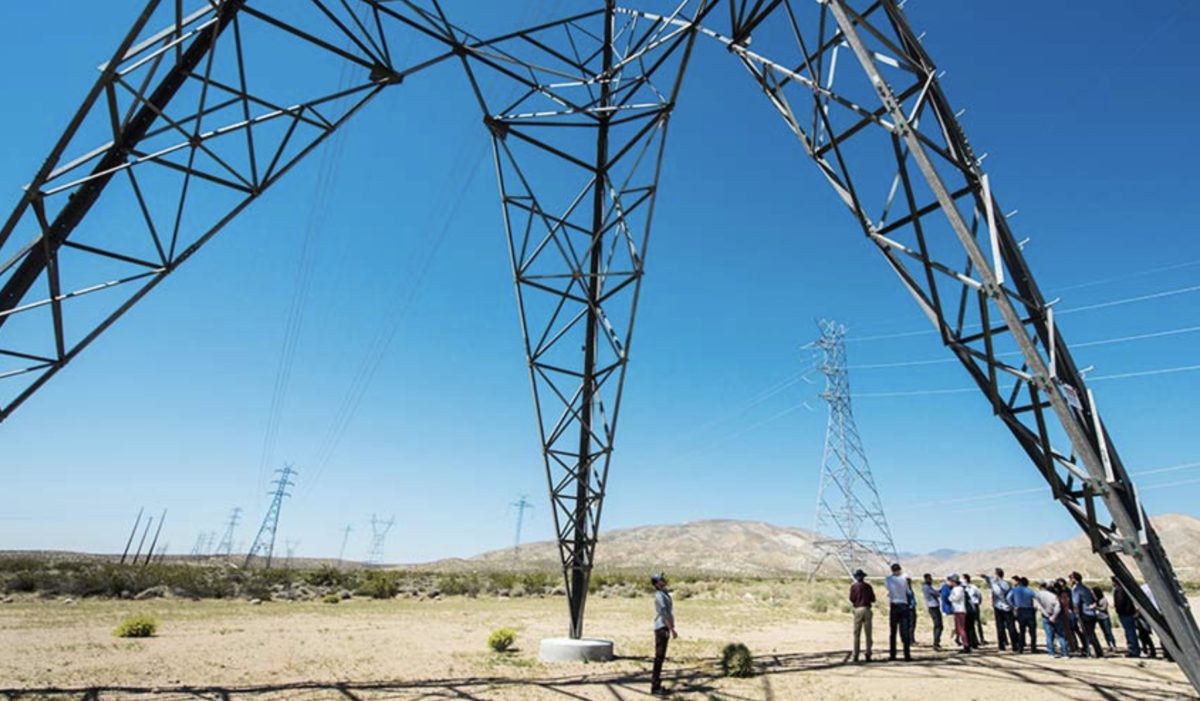The Smart Electric Power Alliance (SEPA) has created an end-to-end blueprint that sets out to guide utilities as they transition to integrated distribution planning.
“A key gap existed,” SEPA’s Brenda Chew, senior manager of research said, noting that more than 20 states have either established or are actively investigating a regulatory shift towards integrated distribution planning.
For the industry, SEPA’s proposed framework aimed at demystify the integrated distribution planning process is timely. The Federal Energy Regulatory Commission (FERC) last week approved Order 2222, a measure that increases the need for coordination between distribution and bulk system operations.
Heralded as a game-changer, Order 2222 lets distributed energy resources (DERs), like rooftop solar and storage, participate alongside traditional resources in the regional organized wholesale energy markets.
As usage of these distributed technologies – and electric vehicles – grow, their arrival will add complexity to an already complicated distribution planning process, and it will do this at a time when utilities are also being asked to factor in decarbonization goals and facilitate the creation of democratized grid. Traditionally, distribution planning has been driven by the twin goals of maintaining and improving the reliability of the service.
Distributed resources are already starting to have material impacts on utilities’ planning efforts, and higher penetrations of distributed resources will amplify the need for better forecasts, said Sanem Sergici, principal with the Brattle Group in Boston.
“These better forecasts would need to have higher temporal and spatial resolution because DERs have different impacts on the system based on their level, timing and location,” Sergici said.
An integrated distribution plan requires advanced data analytics to be able to integrate the operations of the distributed resources and enable ways to reduce future investment costs, she added.
With so many jurisdictions exploring various grid modernization activities, it makes sense to further integrate distribution planning with the broader grid modernization efforts now. That way utilities can ensure that all of the efficiencies and synergies are explored during this “system design” stage, Sergici said.
Order 2222 raises the stakes
A utility distribution plan that relies on a DER portfolio to mitigate a distribution constraint might find that the resource is not fully available to deliver because, under Order 2222, DERs are now able to participate in the wholesale market.
Even though Order 2222 is not focused on distribution and wholesale coordination issues, utilities and regional transmission organizations/independent system operators will need to confront these issues together to run a seamless operation, Sergici said.
“It is also important to note that more coordination will be needed at the vertically integrated utilities in terms of planning generation, transmission and distribution functions,” Sergici said. “In most jurisdictions, these planning processes are siloed and information flow is uni-directional. With the increased penetration of DERs, much more coordination will be needed among these three functions to ensure that assumptions are consistent, total system costs are minimized and value of DERs is fully utilized,” she added.
This content is protected by copyright and may not be reused. If you want to cooperate with us and would like to reuse some of our content, please contact: editors@pv-magazine.com.








The “piece-meal” approach is going to leave the US way.. way… way behind the rest of the world who develop a Fast Track Integrated Approach than the “fiddling around” with EXISTING REGULATIONS…. as the “Energy Supply and Consumption World” achieves Zero Pollution…. (Carbon Neutral…. with 100,000+ year Nuclear Waste/Pollution..???)..
Last time this happened was in 1950’s when Soviet Union “shocked” the world and delegating the US to a “second level/tier” Nation and enjoyed all the glory of “winning the space race”…. easily… JFK then tried to “close this gap in 1960’s…. and the rest is history…. here again the US will, at this rate, be at the “end of the line” with Pakistan, Nepal and who knows which nations in achieving ZERO POLLUTION.
This or another Trump Presidency will definitely not help in getting to the front…. either ….. as Europe and others embrace a ZERO POLLUTION FUTURE…
So… so…. so… sad…